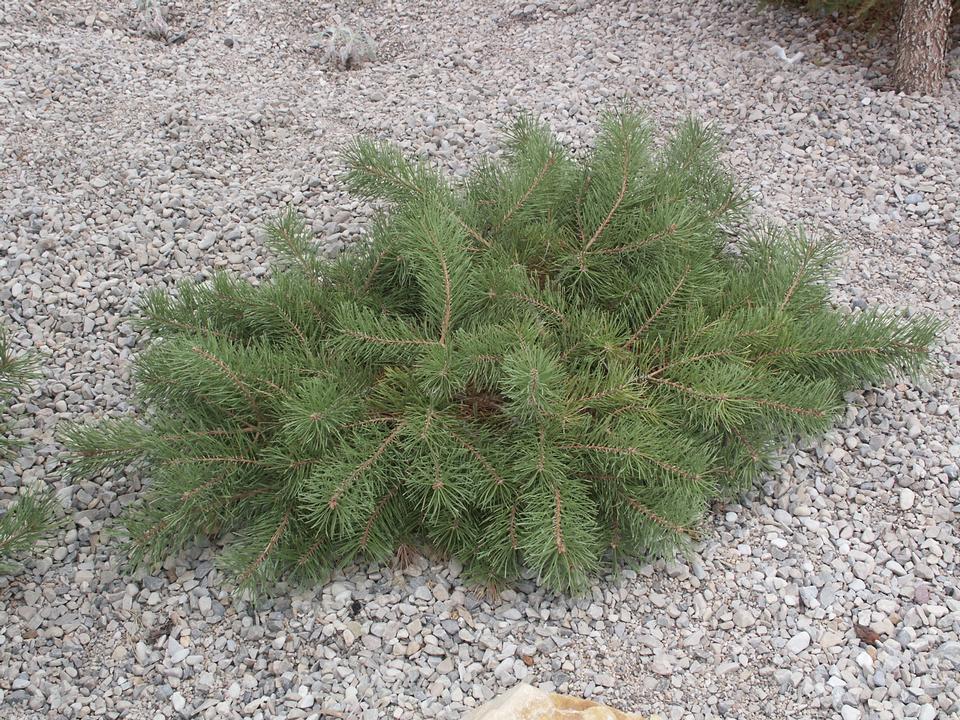Pine, Scotch or Scots
Pinus sylvestris
Pinaceae - Pine
Description
Leaves: Needles in groups of 2; about 1-1/2" to 3" long; blue-green, may turn yellow-green in winter; often twisted; evergreen, remain on tree 3 years.
Twigs/buds: Twigs medium-thick; dull gray-yellow; roughened by scales at base of leaf clusters. Buds 1/4" to 1/2" long; pointed; with fringed scales; red-brown; resinous.
Flowers/fruit: Monoecious. Fruit a woody cone; 1-1/2" to 2" long; reddish-brown; scales with raised pyramid-shaped tips.
Bark: Distinctively orange colored on upper limbs and trunk.
Wood: Little used in the U.S. wood products industry; little information available.
General: Native throughout Europe, but widely planted in Utah. A very desirable species, preferred for Christmas tree production. Shade intolerant.
Landscape Use: Widely planted in landscapes throughout Utah and the West. I have seen many old, stately trees in Logan, Utah. Needle and upper bark color are very nice. Fairly disease- and insect-free, though it shows some chlorosis (needle yellowing) when planted on our highest pH (most alkaline) soils and when overwatered. Zones 2-8.
Cultivars: 'Aurea', 'Beuvronensis', 'Fastigiata', 'Watereri'.
Characteristics
General
| Family | Pinaceae - Pine |
|---|---|
| Cultivar Availability | Yes |
| Hardiness Zone | 2-8 |
| Type | Conifer |
| Utah Native | No |
Growth
| Growth Rate | Medium |
|---|---|
| Mature Height | High |
| Longevity | High |
| Is Good Under Power Lines | No |
| Crown Shapes | Pyramidal |
Ornamental
| Bark | Yes |
|---|---|
| Fall Color | No |
| Flowers | No |
| Foliage | Yes |
| Fruit | No |
Tolerance
| Shade | Low |
|---|---|
| Salt | Low |
| Drought | High |
| Poor Drainage | Low |
| Alkalinity | Medium |
| Transplanting | Medium |








